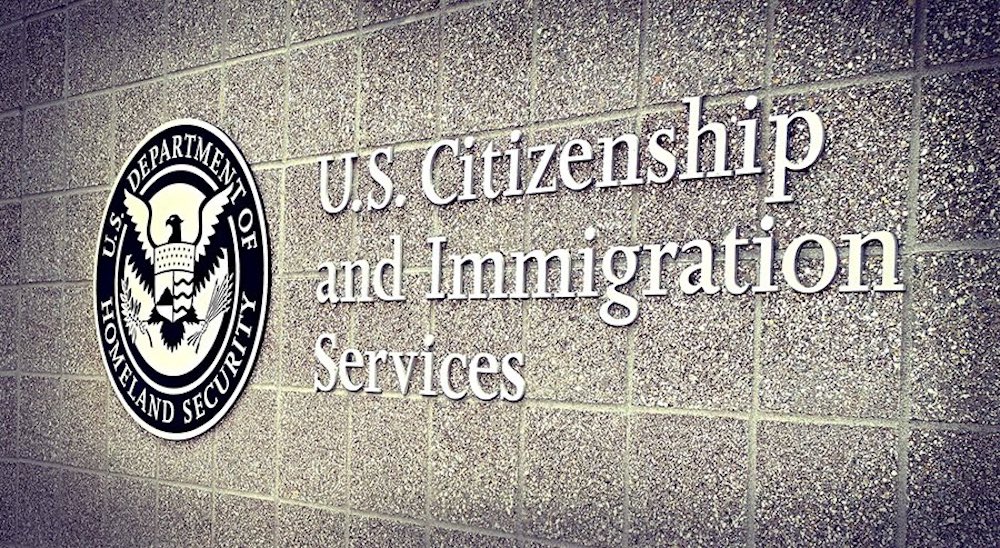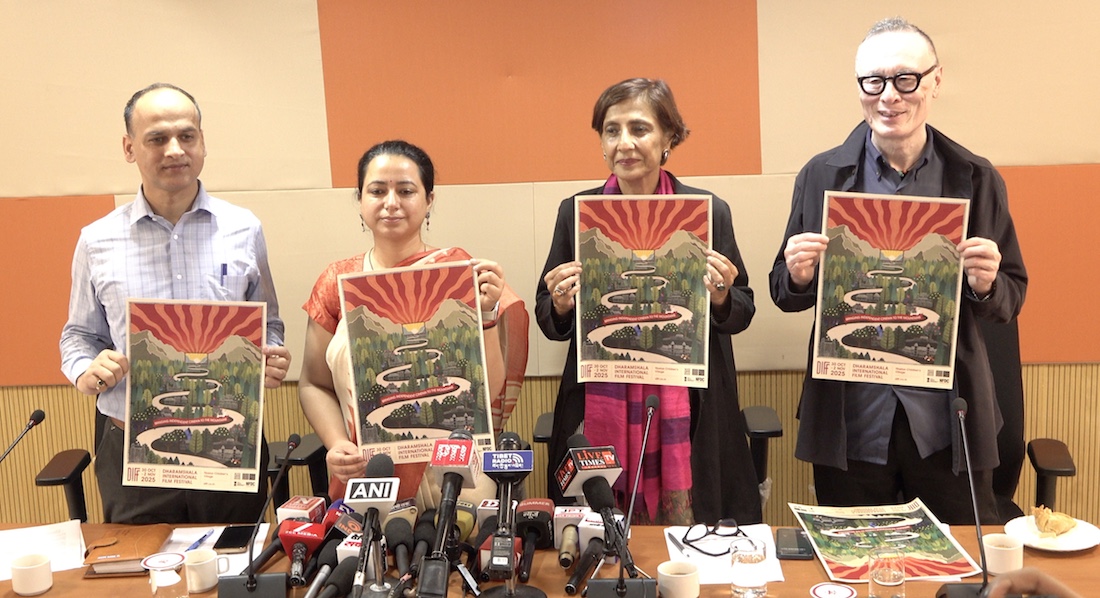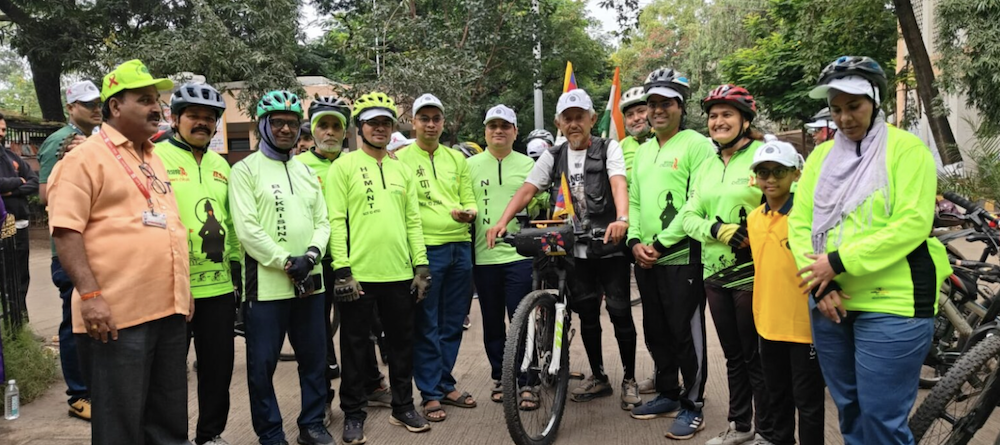COEUR D´ALENE — More people in the Northwest are turning to a non-Western religious tradition.
 They are looking for nirvana by practicing the teachings of Buddhism.
They are looking for nirvana by practicing the teachings of Buddhism.
The religion, or philosophy, is more than 2,500 years old, yet a new wave of curious thinkers is wandering into dharma centers and temples in the Inland Northwest at a steady pace as people latch on to the beliefs of Gautama Siddhartha, known as Buddha.
There are an estimated 325 million Buddhists in the world, but, in the true Buddhists´ way of free thinking, no one seems to find it important to keep count of the growing popularity in the Inland Northwest.
But they can see it.
Yontan Gonpo, a Tibetan lama who teaches the Nyingma tradition in Sandpoint, said he is being introduced to Buddhists all the time.
“It´s amazing the kind of growth,” he said. “There´s a tremendous surge in finding something that actually works.”
Yontan, who was raised in Nebraska and was named Robert Cook, said there was no spirituality in his family. He became interested in Christianity at an early age. After studying the teachings of Native American shamanism, Rosicrucian teachings and the Arcane School, he became a Buddhist 25 years ago.
“What attracted me to it is that the Buddhism philosophy is complete with method — bringing the philosophies and the teaching into your daily life,” he said.
“The common, everyday people have a tendency to give their power over to the priesthood. They go to church on Sunday morning, the priest intercedes for them and they feel good and they go home. People are beginning to realize that doesn´t cut it. It doesn´t change their mind. If they really want to change their mind they have to engage it,” he said.
“For me, I wanted to seek a path that´s more giving. I want to study the Buddhist teaching,” said Elizabeth Pike, a new resident of Spokane who attended an Introduction to Buddhism class at the Spokane Buddhist Temple.
Pike, who was raised Catholic in northern California, was one of 12 newcomers who attended the class presented before the hourlong Eitaikyo Muen Hoya, or memorial service. It was the one time in the month that the service was led by a guest reverend, rather than one of the temple´s lay leaders.
The other three weeks, when the lay leaders preside, the temple offers Buddhism 101 classes. The classes have been conducted for about a year.
“We started with three people and it´s been growing since,” said temple President Christine Marr, who was born into a Mormon family in the 1950s and became interested in Buddhism at age 16.
At an October gathering, 25 first- and second-time guests showed up to learn more about Nichiren Buddhism.
Steve Rorie, a lay leader who was raised Southern Baptist, said the Airway Heights organization has 361 active members from Eastern Washington and its Hayden Lake, Idaho, district.
Lama Yeshe Zangmo has run the Chagdud Gonpa-Padma Ling Buddhist Center since 1987. Her mailing list numbers about 60 people from five states.
When a visiting lama is in town, as many as 100 people pour into the 19-year-old South Hill dharma center. A lama is the Tibetan translation of the Indian word “guru.”
“They find us,” said Zangmo, who is German-born and was raised Protestant. “I´m really not doing any publicity right now. But when I was gone for six days, seven people called for information.”
In perhaps the biggest sign that Buddhism is taking hold in the region, the Sravasti Abbey was established in October on 240 acres south of Newport, Wash.
Founder Thubten Chodron is in the process of starting a Buddhist monastic community for monks and nuns. It will be one of the first monastic communities established in the Northwest.
Because of Buddhism´s rich history, dating to its origin inBodhgaya in northern India, the cultural framework of many countries has influenced different teachings of Buddhism.
The two main schools are Theravada, which is traditional in Southeast Asia, Sri Lanka and Myanmar (Burma); and Mahayana, popular in India, China, Korea, Japan and Tibet. Vajrayana is a development of the Mahayana tradition, while Zen is the most well-known school from Japan.
Buddhists believe that suffering is primarily caused by attachment and anger. When they are overcome, one reaches nirvana.
Although followers don´t technically convert to Buddhism, many “take refuge,” and follow the practices of Buddha´s philosophies.
“There are more people, more infrastructure “ said Steve Wilhelm, board member of the Seattle-based Northwest Dharma Association, who took refuge in 1988.
“A lot more people are doing a lot more serious practice these days, including young people and not just post-hippies, which is very cool.”









